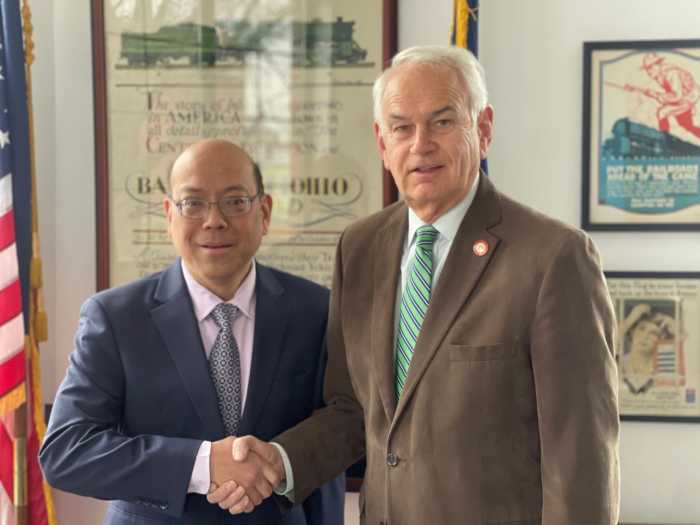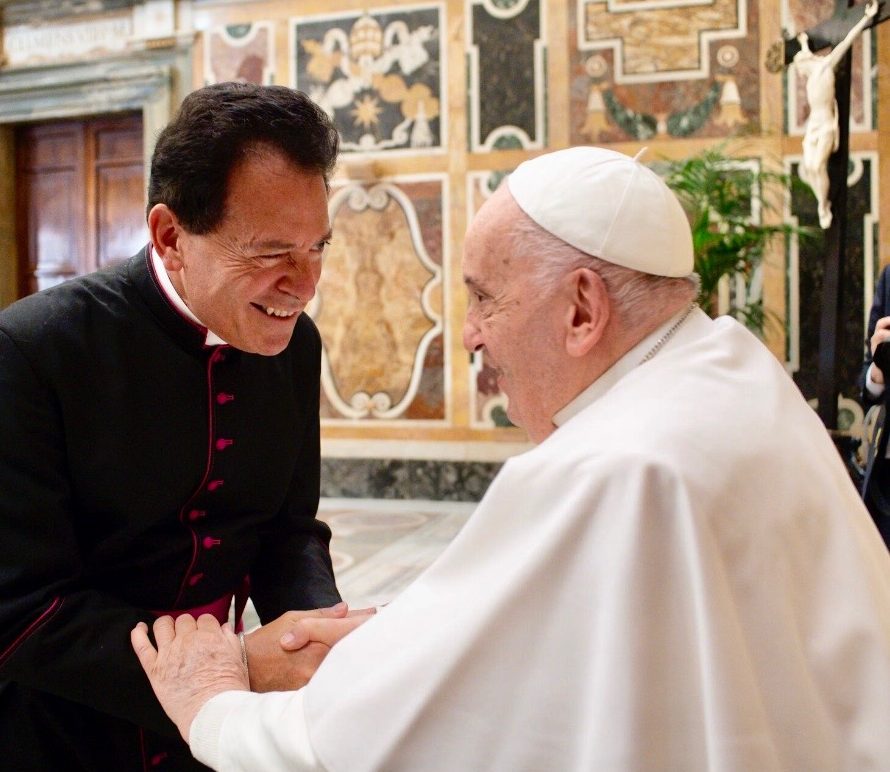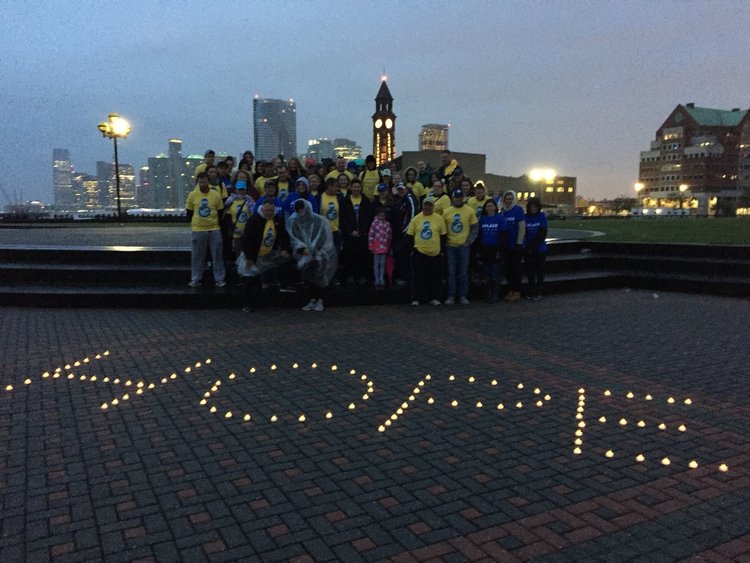By The Greater Astoria Historical Society
Stateside, the war effort was beginning to ramp up. On May 5, 1942, the sixth minesweeper to be built in Whitestone in the past seven weeks slid into the East River. The boat was christened at the Wheeler Shipbuilding Corp.’s yard at the foot of 154th Street.
Officials at the Wheeler yard indicated that minesweeper production was gradually being stepped up and would soon maintain a pace of one a week. The company held the coveted Navy “E” pennant for efficiency in turning out the highly important minesweepers.
l
On May 18, 1942, Queens underwent its first blackout. Only the Flushing and Astoria trains, as well as factories engaged in war production, were exempt. More than 35,000 air raid wardens in the borough took part in the blackout. All street lights and traffic lights were turned off and automobiles were stopped and required to turn off their lights.
Traffic was at a standstill for 20 minutes. A photograph from a roof at Steinway Street and 30th Avenue only showed lights at the distant Brewster Building, busy turning out Brewster aircraft for the war effort.
l
Even though the U.S. Army had been ordered to take charge of the nation’s commercial airlines, LaGuardia Field “will not be taken over tomorrow afternoon, or next week,” Mayor Fiorello LaGuardia said as he arrived May 15, 1942.
He was returning from Washington, D.C., where he met President Franklin D. Roosevelt in a conference on “routine business.” LaGuardia Field, the busiest airport in the world, had been busier than ever in recent months as the travel of military personnel on official business increased steadily.
Although the Army was not expected to curtail civilian travel entirely, such travel was severely restricted. Civilians, unless it was “absolutely necessary,” were to take trains.
l
A Star Journal reporter went around to 50 gas stations trying to get gas without a ration card. At each station, he got the same response: no card, no gas. And even if he had the card, in most of the stations there was no gas to be sold.
At one station, a half-dozen cars were parked around the tanks. The dealer said, “I expect a delivery of gas in 15 minutes. These drivers are regular customers and I told them to come at this time.”
In another station, a dealer refused to sell more than 3 gallons: “We haven’t enough gas to sell more.”
l
The ranking naval hero of Queens, Lt. John Bulkeley, who “slapped” a Japanese cruiser down to Davey Jones’ locker with a torpedo from his PT boat, was introduced by LaGuardia to a crowd estimated to top a million for a May 17, 1942, event in Central Park.
Billed as the “I Am an American Day Rally,” the event was planned as a “reaffirmation of allegiance of the Constitution and all-out support for the nation’s war programs.”
Bulkeley also notched another spot in the hall of fame when he piloted the speeding PT boat, which spirited Gen. Douglas MacArthur from Bataan to Australia under the guns of the Japanese fleet.
Outstanding dignitaries included Gov. Herbert Lehman and U.S. Supreme Court Judge Hugo Black. Pvt. Joe Lewis, the boxing champion, and actor Paul Muni delivered brief remarks. More than 1,000 police officers were on hand to direct the crowd. Several hundred park employees and hundreds of additional special ushers and Boy Scouts assisted the police.
Famed African-American singer Marian Anderson, as well as Lily Pons, of the Metropolitan Opera, delivered musical selections. Music was furnished by mass bands of the Police, Fire, Parks and Sanitation departments. The evening ended with a singing of “God Bless America” by “the entire assemblage.”
It was led by Irving Berlin, the song’s composer.
For more information, call 718-278-0700 or visit astorialic.org.


































